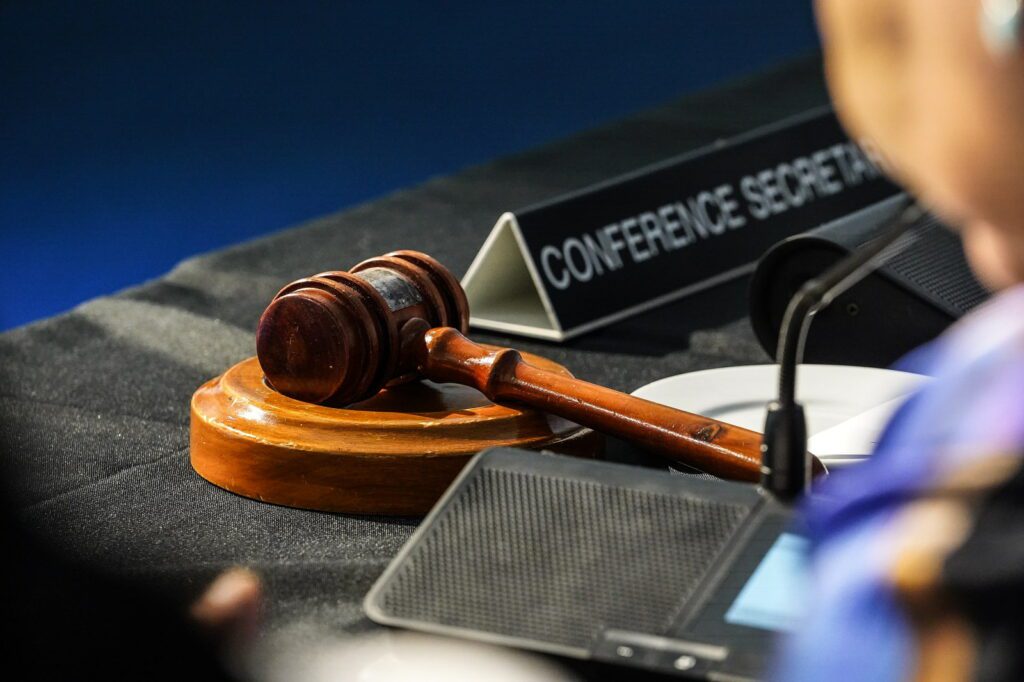There are a select few countries on this earth that stand out as regional leaders for peace. The most famous would have to be Switzerland, renowned and admired for its constitutional Law of Neutrality, which dictates that the country should ensure its own defence yet never engage in war. Second perhaps is Costa Rica, often referred to as “the Switzerland of Central America”, famous for abolishing its military in 1948. Since then, Costa Rica has been a regional leader in peace proliferation, now enjoying strong economic prosperity, environmental protections, and higher access to healthcare and education than any of its neighbours. It has a thriving tourism industry, is home to the UN-mandated University for Peace, and has topped the Greenfield Foreign Direct Investment Performance Index for Latin America three years in a row.
In the world, there are 26 countries without militaries, 11 of which call the Pacific home.
The Switzerland of Asia would perhaps be Bhutan, consistently ranked the most peaceful country in South Asia since 2011 and hailed for its adoption of the Gross Happiness Index.
But what about the Blue Continent? In a region wholly absent of inter-state conflict, we seldom hear praise for the actors and advocates of peace between states. Instead, rhetoric on Pacific Island security tends to focus on contestation between great powers within the region. It is time to shift that dialogue away from external influences on the region, and celebrate the accomplishments, culture, and values of the Pacific Island nations themselves.
In the world, there are 26 countries without militaries, 11 of which call the Pacific home. Each of these countries has unique experiences with non-militarisation, yet one stands out for its commitment to peace, tolerance, and harmony among different ethnic groups. That country? The beautiful island nation of Samoa.
Next week, Samoa will have the chance to showcase those values, hosting the 27th Commonwealth Heads of Government Meeting (CHOGM) – the first time the meeting has been held in the Pacific Islands in its 54-year history.
Samoa was the first Pacific Island nation to gain independence, doing so on 1 January 1962. Seven months later, the Treaty of Friendship between New Zealand and Western Samoa (as it was then known) was signed. Notable though in the process of independence was the complete absence of discussions on formation of a military unit or bilateral defence agreement. The closest Samoa got to this at independence was Article IV of the Treaty of Friendship, which states: “In particular the Government of New Zealand will consider sympathetically requests from the Government of Western Samoa for technical, administrative and other assistance.”
Samoa was the first Pacific Island nation to gain independence, doing so on 1 January 1962 (Getty Images)
So how did Samoa prepare to defend itself at the inception of independence? This is where Samoa stands out.
Samoa never sought to establish an armed force. In fact, it never publicly considered or discussed this possibility. Whereas many constitutions address the establishment of military or security institutions, the minutes taken during the drafting of Samoa’s constitution between February and September 1960 (yes, more than 500 pages of them) omit all mention of building such institutions. When queried about this, senior diplomats, public servants, even government ministers replied simply that Samoa is a peaceful country; a devout country. They solve conflict through consensus building, and they recognise remorse through the Ifoga – a Samoan ceremony of apology. A military institution has no place.
Samoa has already proven itself a leader in neutrality, voicing concerns about potential militarisation of the Pacific.
While Samoa’s history of peaceful dispute resolution pre-dates colonisation, its modern iteration has roots in the non-violent and anti-colonial O le Mau – commonly known as the Mau movement, formed by Taʻisi O. F. Nelson in 1927. It united Samoans and mixed-race and Euro-American settlers into a powerful coalition that called for the decolonisation of the islands. The Mau movement encouraged non-cooperation with the aim of ending the New Zealand mandate and obtaining self-government for Samoa. Its methods included demonstrations, petitions, school boycotts, refusing taxes, and the organisation of their own police force. Nelson even travelled to Geneva in 1928 to request Samoan self-determination at the League of Nations in a bid that has been described as “probably the most protracted, well-organized, and impressive campaign for self-determination of any mandated territory”.
The Samoan precedent for dispute resolution through peace continues today. It was at the forefront in the country’s 2021 constitutional crisis, which was resolved not through violence or force, but through patience, communication, and adherence to due process through the judiciary – noting that the absence of a military institution in Samoa eradicated any threat of a coup in response to the crisis.
Samoa has already proven itself a leader in neutrality, voicing concerns about potential militarisation of the Pacific. Next week’s CHOGM is another example of Samoa’s aptitude for leadership. By nature, Samoa is a humble, peaceful country, but now is the time for it to celebrate its achievements, its neutrality, and its dedication to peace. Increased international attention on the peaceful status of Samoa and its neighbouring countries could reshape the way people view the Pacific, and attract more diverse forms of investment, education, and sustainable tourism. With such strong credentials in peace, non-violence, and consensus-based dispute resolution, is it time for Samoa to take a stronger leadership role as the Switzerland of the Pacific?
Source link : http://www.bing.com/news/apiclick.aspx?ref=FexRss&aid=&tid=671dfd29b2c1466fb1170acd2dd78f8a&url=https%3A%2F%2Fwww.lowyinstitute.org%2Fthe-interpreter%2Fsamoa-switzerland-pacific&c=6068013706558157336&mkt=en-us
Author :
Publish date : 2024-10-16 11:48:00
Copyright for syndicated content belongs to the linked Source.
